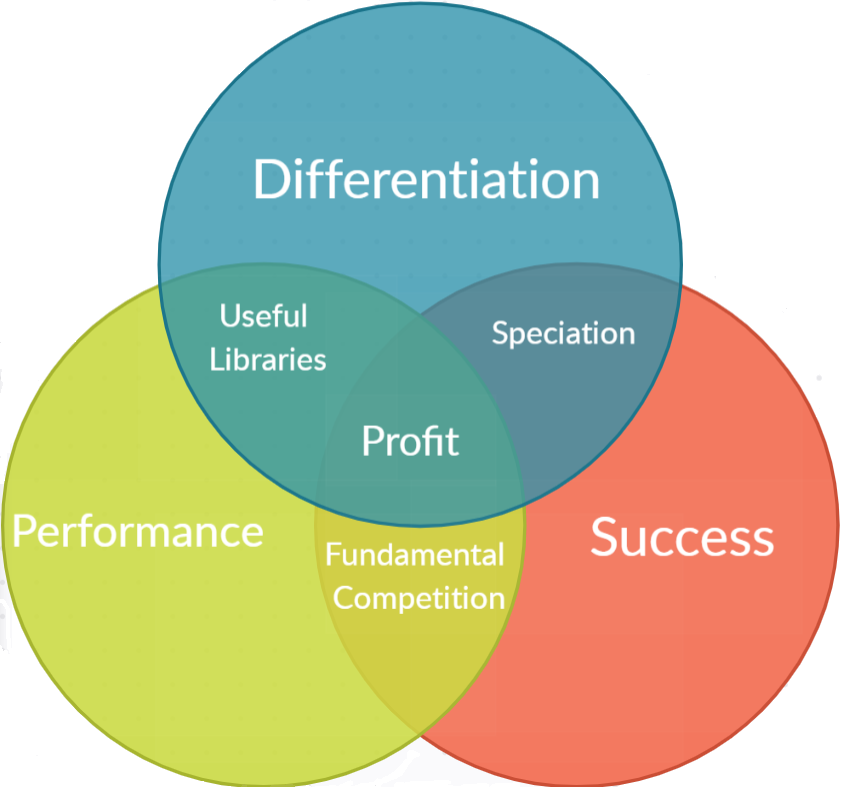Most people seek success without really knowing what it is. Success is doing things that others can’t toward value. Here’s an example: Joe feels like he is a successful parent because he balances work, life, and family, navigating the responsibilities of becoming a parent. Because Joe sees the trials and tribulations he’s overcome, he considers himself a successful parent. His son John, however, thinks his parents are poor and relatively unsuccessful because John hangs out at his friend’s house, which is bigger, where he games on a newer console that his own family doesn’t have. The difference in the perception of success between these two is based on who is allowed in the array of possibilities.
This definition of success of “doing things that others can’t toward value” which fits personal definitions of success as well as extrinsic measures of success. The issue is that success is competitive and exclusionary, whereas value is also found laterally and in places without previous competitive bounds. Value exists where others have not gone before.

Since the dawn of time on earth there have been roughly a duodecillian organisms. In that time, biological entities have evolved extremely consistently in spite of entropy, catastrophes, and largely differing physiologies.
The following axioms have the most history backing their significance.
Big Data Permeability
The hallmark of dominant technology companies today and the heart of statistics and probability theory in general. The idea is to grab more data. Everyone should have a database of what is working and not working, not just tech companies.
Highly Networked
Part of a powerfully connected network of specialized services, feedback, and perspectives. The structure benefits from network effects and diffusion of vertically integrated resources.
Iterative
Do many different things fast. Measure and adapt recursively.
Specificity
Incredibly focused and constantly identifying, testing, and eliminating waste. Limited bounds.
Highly Computational
Powerful models continually churning at a cost. In non-computer-based terms, think of computation as intelligence multiplied by hard work.
